CCSS.ELA-LITERACY.RL.3.3
Describe characters in a story (e.g., their traits, motivations, or feelings) and explain how their actions contribute to the sequence of events
- Free Plan
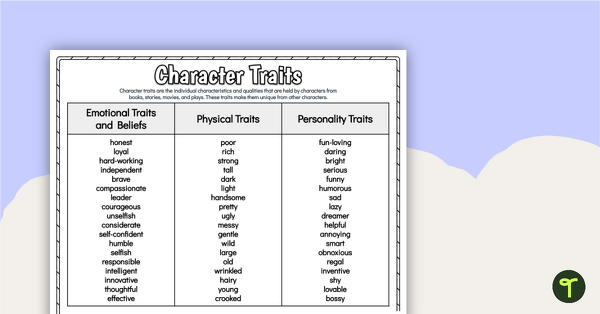
Free Character Traits List
Teach your students to analyze characters more effectively by providing them with a list of character traits.
- Plus Plan
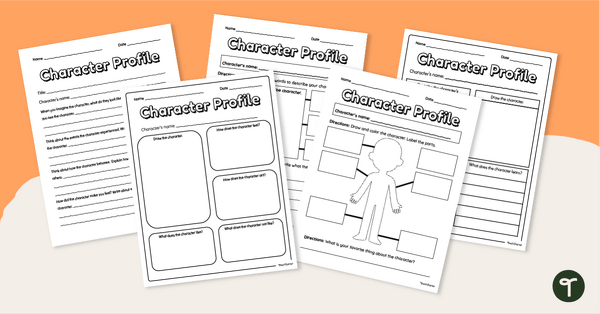
Character Profile Template Pack
Explore the personality, appearance, feelings and actions of a character with printable character profile templates.
- Plus Plan
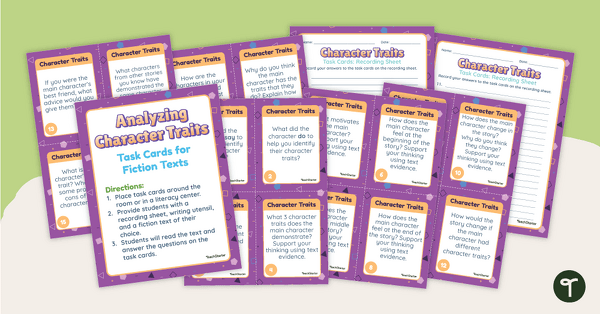
Character Analysis Task Cards
Use these task cards to practice analyzing characters within any fictional text.
- Plus Plan
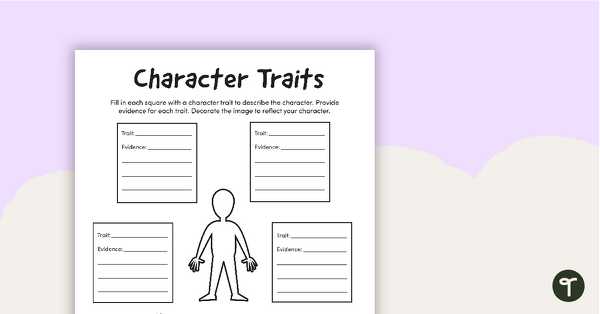
Character Traits Graphic Organizer
Describe the most notable mental and moral qualities of a real or fictional person.
- Plus Plan
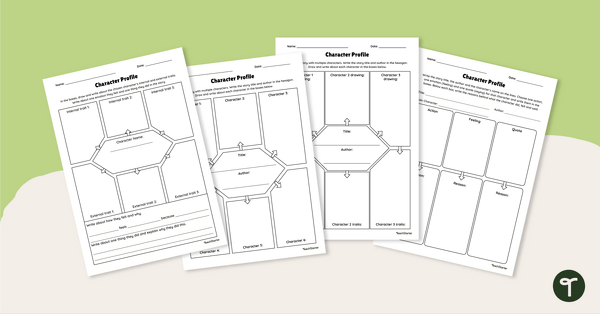
Character Profile - Graphic Organizers
Explore the internal and external traits of story characters with a set of differentiated graphic organizers.
- Plus Plan
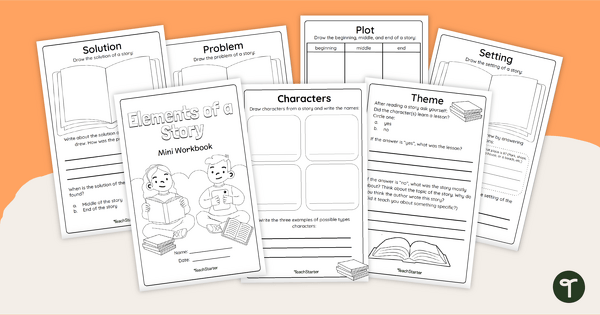
Parts of a Story - Story Elements Workbook
Explore the different elements of a narrative story with this student mini workbook.
- Plus Plan
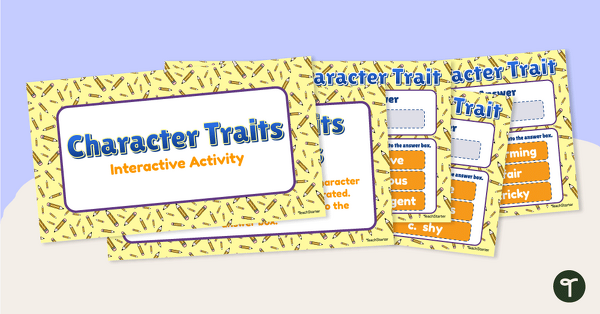
Character Traits: Interactive Activity
Analyze text and identify character traits of characters with a Google Slides Interactive activity.
- Free Plan
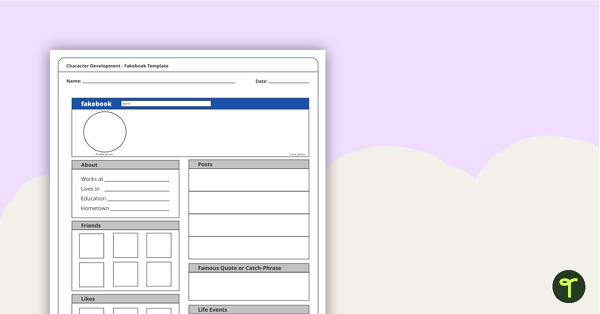
Character Development – Fakebook Page Worksheet
Use research and creative writing skills to design a social media profile for fiction or nonfiction persons.
- Plus Plan
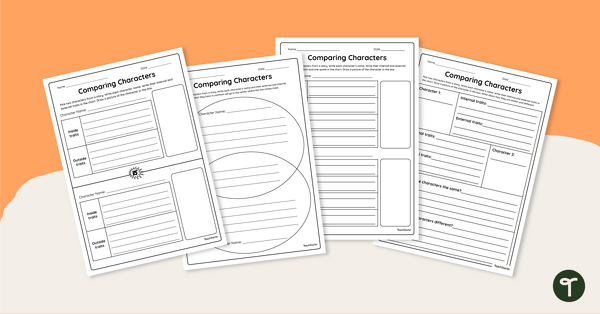
Comparing Characters - Graphic Organizers
Encourage your students to compare story characters with this set of differentiated graphic organisers that can be used with any text.
- Plus Plan
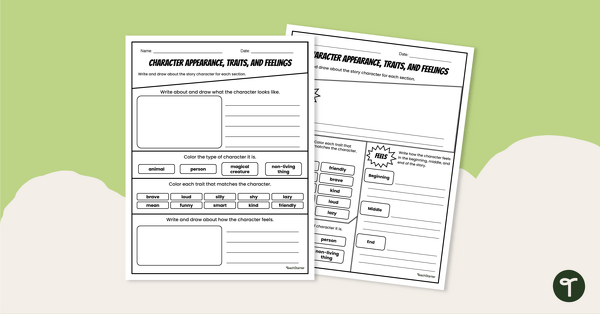
Character Appearance, Traits and Feelings - Worksheet
Explore and describe a character's personality, feelings and appearance with this differentiated worksheet to be used with any text.
- Plus Plan
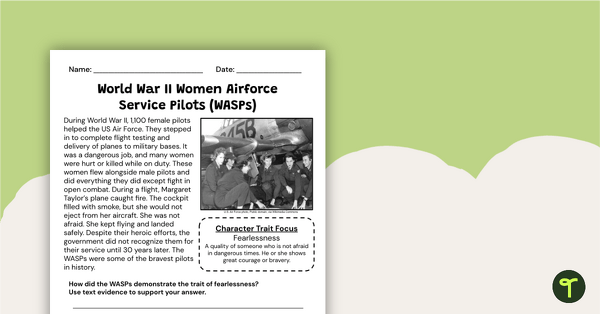
Women Airforce Service Pilots (WASPs) Constructed Response Worksheet
Use our printable constructed response writing prompts for fourth grade to learn about the fearless Women’s Air Force Service Pilots (WASPs).
- Plus Plan
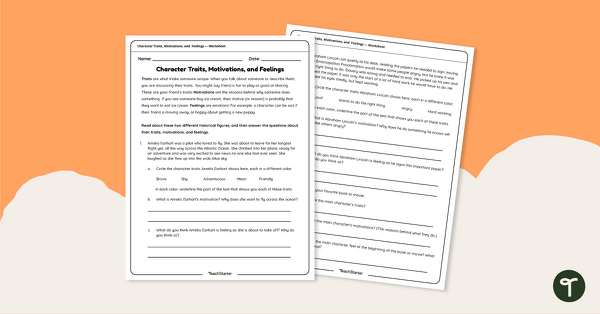
Character Traits, Motivations and Feelings Worksheet
Analyze character traits, feelings and motivations with this two-page worksheet.
- Plus Plan
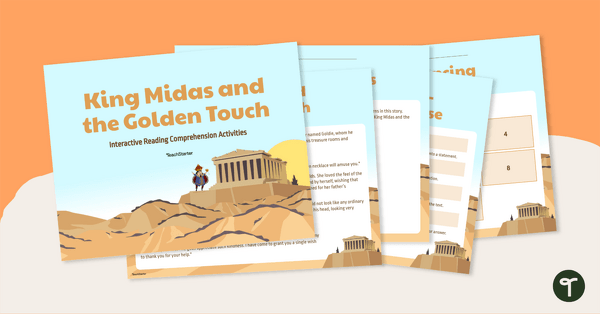
Reading Comprehension Worksheets-King Midas and the Golden Touch Google Interactive and Printable Resources
Review and practice multiple reading skills using the text “King Midas and the Golden Touch” with these digital and print resources.
- Plus Plan
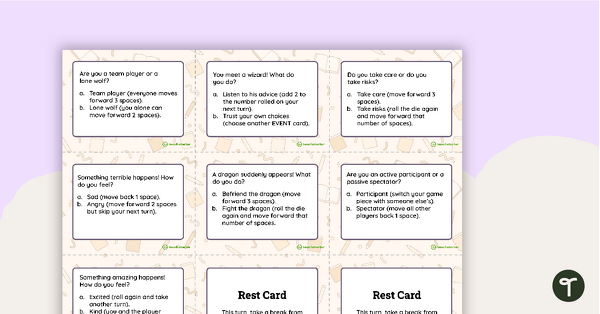
Character Development Board Game
Practice character development by choosing your own adventure in this role-playing board game.
- Plus Plan
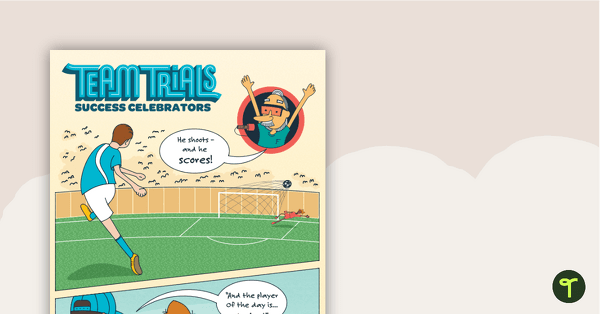
Comic – Team Trials: Success Celebrators – Comprehension Worksheet
A comprehension worksheet for a comic about the importance of good sportsmanship and celebrating the success of others.
- Plus Plan
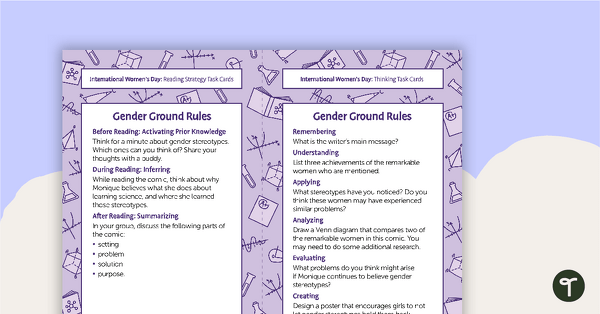
International Women's Day Gender Ground Rules – Task Cards
A set of task cards to be paired with the International Women's Day comic 'Gender Ground Rules'.
- Plus Plan
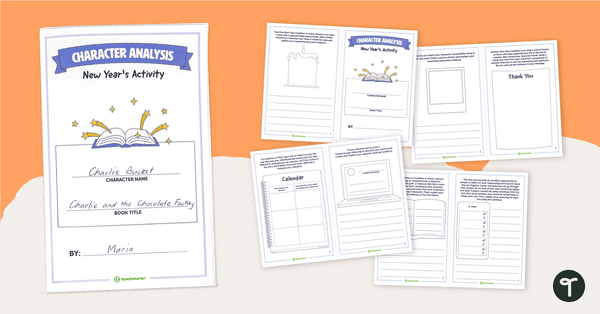
Character Analysis: New Year's Activity
Practice inferring how a character would ring in the new year with this 7-activity booklet.
- Plus Plan
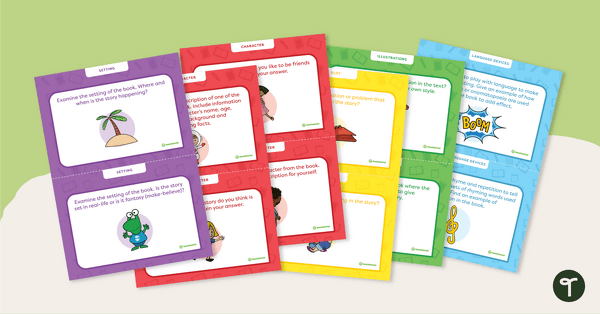
Literary Element Task Cards (Primary Grades)
A set of 12 task cards for primary students to use after reading a picture book.
- Plus Plan
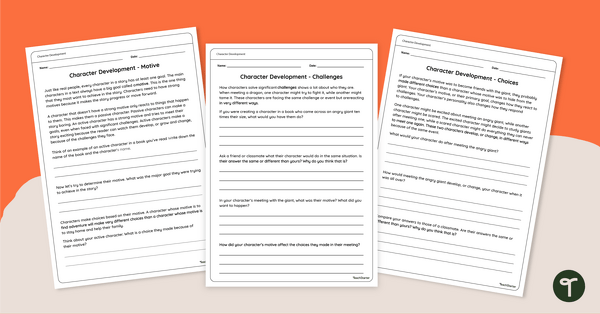
Character Development - Worksheet
Describe how characters in a story develop in response to major events and challenges with this 3-page character development worksheet.
- Plus Plan
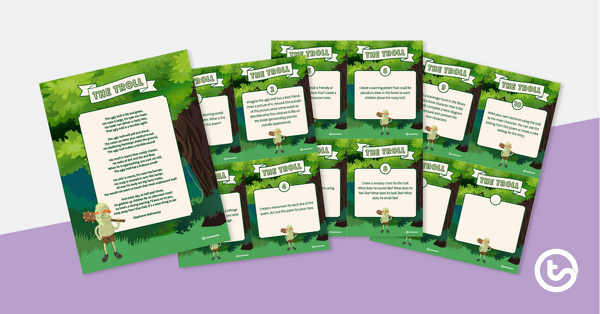
The Troll Poem and Task Cards
A poem and set of task cards about a Troll.
- Plus Plan
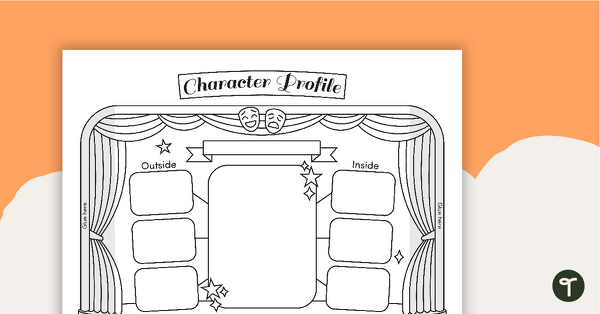
Book Character Profile - Stage and Curtains
A fun character profile worksheet set on a theater stage.
- Plus Plan
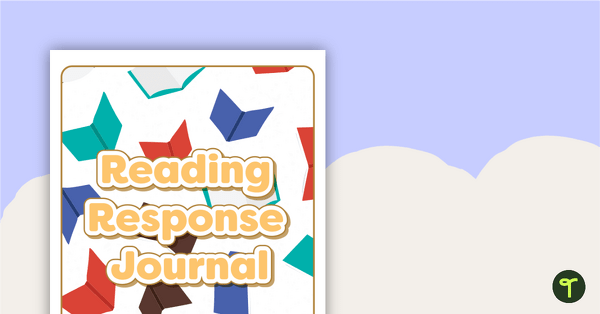
Reading Response Templates - Complete Journal
A reading response journal for students to use to engage with text in meaningful and purposeful ways.
- Plus Plan
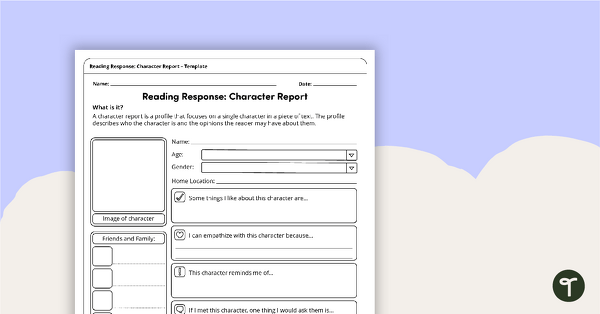
Reading Response Template – Character Report
Analyze a character in a piece of text with this one-page reading response template.
- Plus Plan
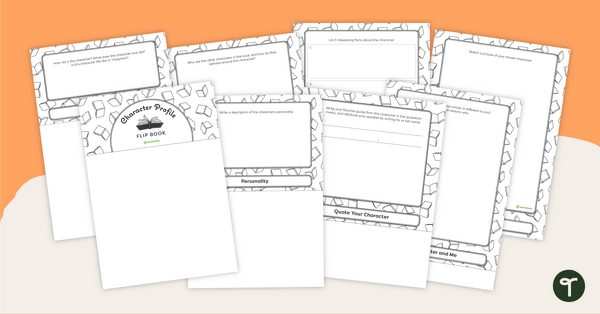
Character Profile Flip Book - Primary Grades
Explore story characters with this flipbook template for lower primary students.
- Plus Plan
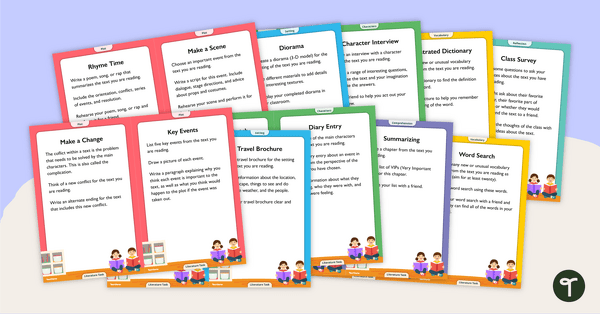
Literature Task Cards
A set of 30 literature tasks to assist your students with examining and responding to literature.
- Plus Plan
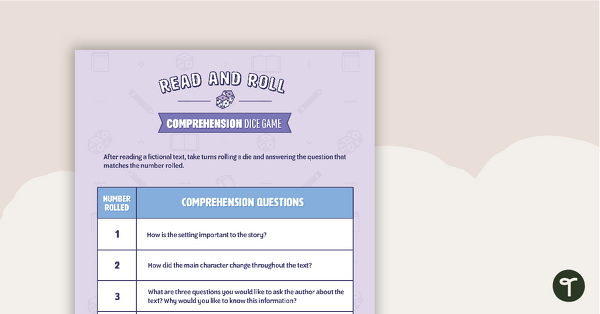
Read and Roll - Comprehension Dice Game
A fun reading comprehension game to play after reading a fictional text.
- Plus Plan
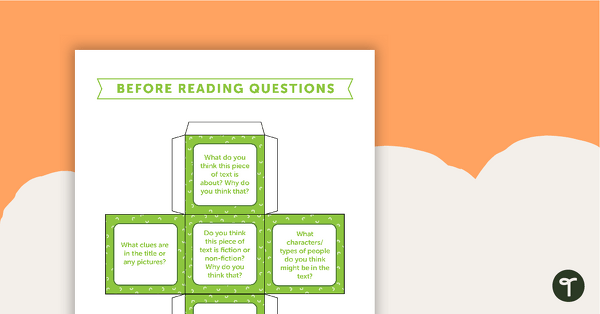
Before, During and After Reading Non-Fiction Questions - Dice
5 different versions of dice to use when asking questions before, during and after reading.
- Plus Plan
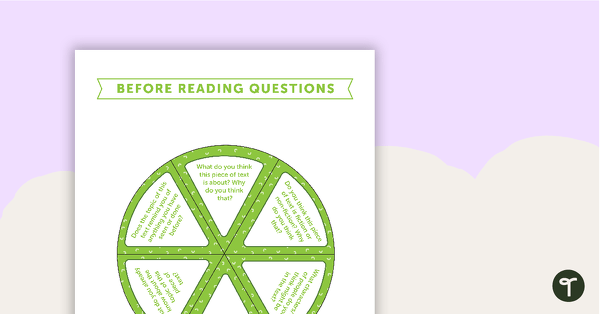
Before, During and After Reading Non-Fiction Questions - Wheel
5 different versions of wheels to use when asking questions before, during and after reading.
- Plus Plan
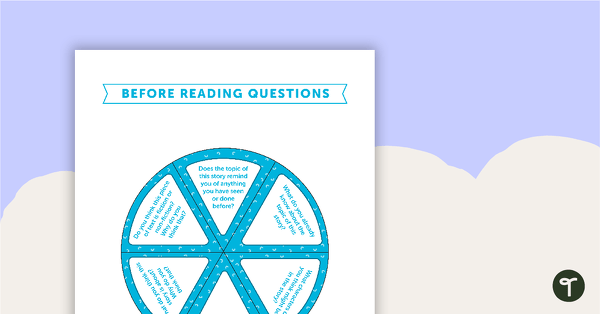
Before, During and After Reading Fiction Questions - Wheel
5 different versions of wheels to use when asking questions before, during and after reading.
- Plus Plan
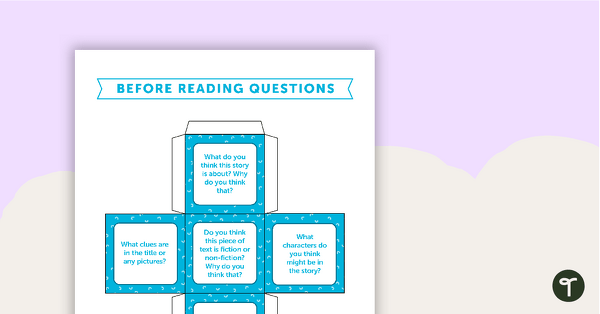
Before, During and After Reading Fiction Questions - Dice
5 different versions of dice to use when asking questions before, during and after reading.